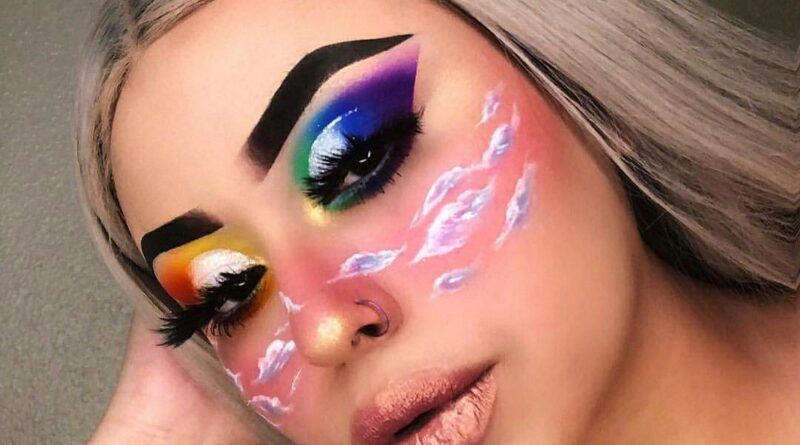Full Faces: A Comprehensive Guide To Facial Anatomy And Aesthetics
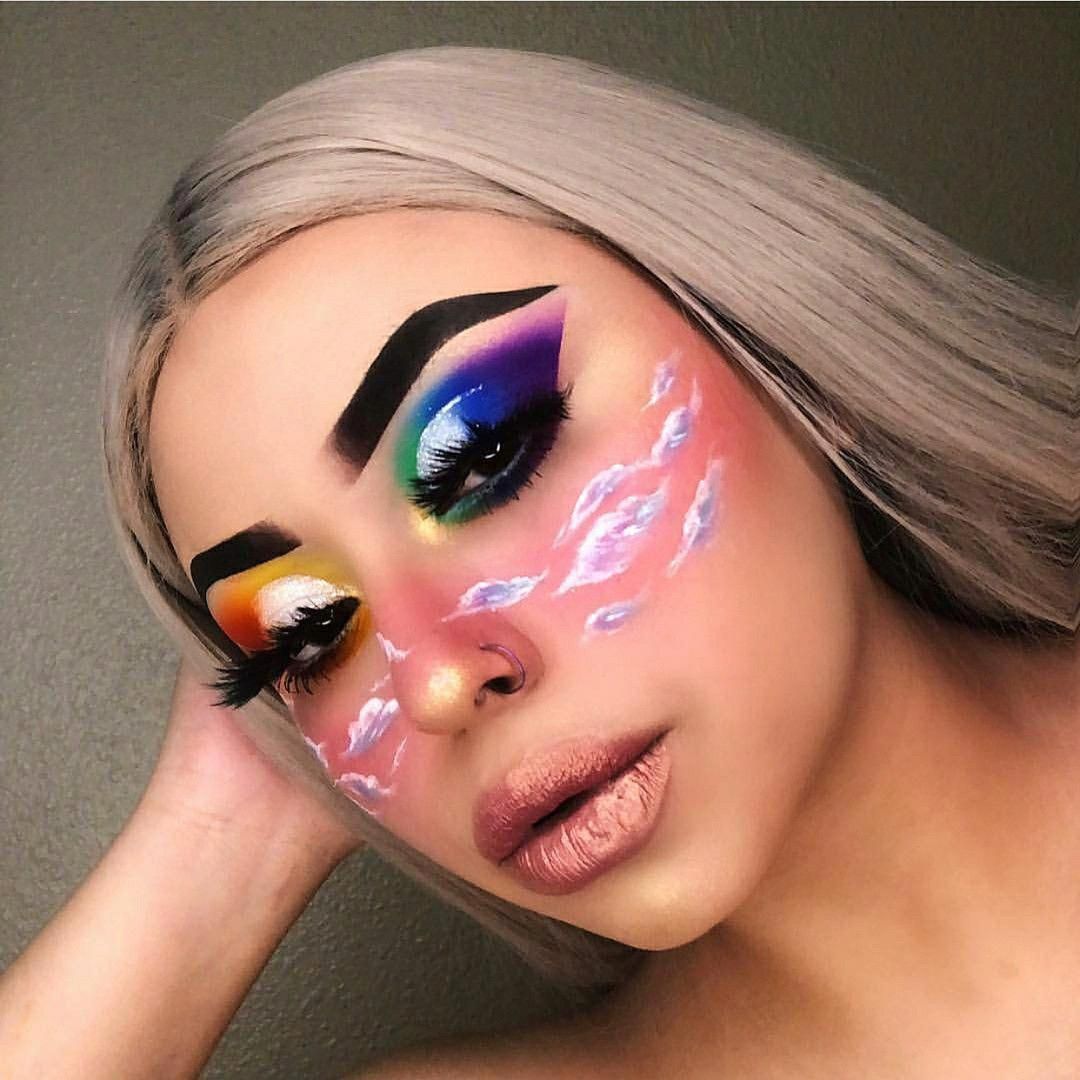
Full Faces: A Comprehensive Guide to Facial Anatomy and Aesthetics
Introduction
The human face is a complex and fascinating structure, composed of a multitude of bones, muscles, and tissues that work together to create a unique and expressive appearance. The full face, encompassing the forehead, eyes, nose, mouth, and chin, plays a pivotal role in communication, social interaction, and overall aesthetics. Understanding the anatomy and aesthetics of the full face is essential for professionals in the fields of medicine, cosmetology, and beauty.
Anatomy of the Full Face
Bones
The facial skeleton provides the underlying structure for the full face. The following bones contribute to its shape and form:
- Frontal bone: Forms the forehead and the upper part of the eye sockets.
- Parietal bones: Located on the sides of the skull, they contribute to the shape of the forehead and temples.
- Temporal bones: House the ears and contain the inner ear structures.
- Nasal bones: Form the bridge of the nose.
- Maxilla: Forms the upper jaw and contains the teeth.
- Mandible: Forms the lower jaw and contains the teeth.
- Zygomatic bones: Form the cheekbones and provide support for the eyes.
Muscles
The facial muscles are responsible for facial expressions and movements. The following muscles are key players in the full face:
- Frontalis muscle: Raises the eyebrows and creates wrinkles on the forehead.
- Orbicularis oculi muscle: Surrounds the eyes and controls blinking and squinting.
- Nasalis muscle: Compresses the nostrils.
- Zygomaticus major muscle: Raises the corners of the mouth and creates a smile.
- Depressor anguli oris muscle: Lowers the corners of the mouth and creates a frown.
- Platysma muscle: Covers the neck and assists in facial expressions.
Tissues
The full face is covered by a variety of tissues, including:
- Skin: The outermost layer, providing protection and sensation.
- Subcutaneous tissue: A layer of fat beneath the skin that provides insulation and cushioning.
- Fascia: A connective tissue that surrounds and supports the muscles and other structures.
- Blood vessels: Supply the face with oxygen and nutrients.
- Nerves: Transmit sensory and motor signals to and from the face.
Aesthetics of the Full Face
The aesthetics of the full face are influenced by a combination of factors, including:
Facial Proportions
The ideal facial proportions, as defined by the Golden Ratio, are considered aesthetically pleasing. These proportions include:
- The width of the face should be approximately 1.6 times the height.
- The distance between the eyes should be equal to the width of one eye.
- The distance between the nose and the chin should be equal to the distance between the hairline and the eyebrows.
Facial Symmetry
Symmetry is another important factor in facial aesthetics. A symmetrical face is considered more attractive and harmonious. Asymmetry can be caused by genetic factors, trauma, or aging.
Facial Features
The shape and size of individual facial features also contribute to overall aesthetics. For example:
- Eyes: Large, almond-shaped eyes are often considered attractive.
- Nose: A straight, narrow nose with a defined bridge is generally preferred.
- Mouth: A full, symmetrical mouth with well-defined lips is considered aesthetically pleasing.
- Chin: A strong, well-defined chin adds balance and definition to the face.
Aging and the Full Face
As we age, the full face undergoes a number of changes that can affect its appearance. These changes include:
- Loss of volume: The subcutaneous fat layer diminishes, leading to a loss of fullness in the cheeks, temples, and lips.
- Wrinkles: The skin loses elasticity and collagen, resulting in the formation of wrinkles and fine lines.
- Sagging: The muscles and fascia weaken, causing the skin and underlying tissues to sag.
- Changes in facial proportions: The face becomes narrower and longer as the bones lose density.
Aesthetic Treatments for the Full Face
A variety of aesthetic treatments are available to address the effects of aging and enhance the appearance of the full face. These treatments include:
Injectable Fillers
Injectable fillers, such as hyaluronic acid and collagen, can be used to restore volume to the cheeks, temples, and lips. They can also be used to smooth out wrinkles and fine lines.
Botox
Botox, a neurotoxin, can be injected into the muscles to temporarily paralyze them. This can reduce the appearance of wrinkles and fine lines caused by muscle contractions.
Laser Resurfacing
Laser resurfacing removes the top layer of skin, stimulating collagen production and improving skin texture and tone. It can be used to treat wrinkles, fine lines, and sun damage.
Chemical Peels
Chemical peels use acids to exfoliate the skin, removing dead skin cells and stimulating collagen production. They can be used to improve skin texture, tone, and clarity.
Microneedling
Microneedling involves creating tiny punctures in the skin to stimulate collagen production. It can be used to treat wrinkles, fine lines, and scars.
Thread Lifts
Thread lifts involve inserting absorbable threads into the skin to lift and tighten the underlying tissues. They can be used to improve the appearance of sagging skin and wrinkles.
Conclusion
The full face is a complex and fascinating structure that plays a vital role in communication, social interaction, and overall aesthetics. Understanding the anatomy and aesthetics of the full face is essential for professionals in the fields of medicine, cosmetology, and beauty. With the advancement of aesthetic treatments, individuals can now address the effects of aging and enhance the appearance of their full face, achieving a more youthful and harmonious look.
5 Best Products for a Flawless Full Face
1. Foundation
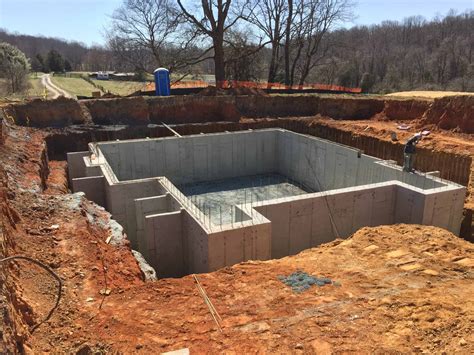
Foundation is the base of any full face makeup look. It helps to even out skin tone, cover imperfections, and create a smooth canvas for the rest of your makeup. There are many different types of foundation available, so it’s important to find one that suits your skin type and needs.
2. Concealer
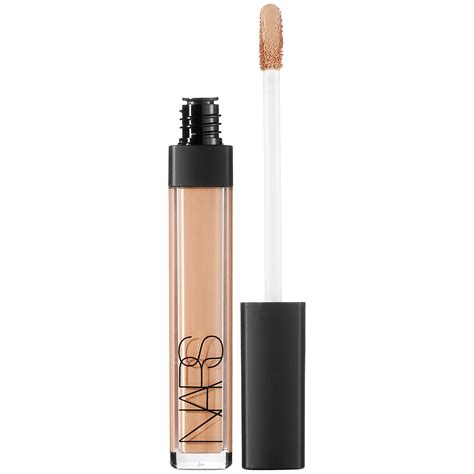
Concealer is used to cover up blemishes, dark circles, and other imperfections. It’s important to choose a concealer that is the same shade as your foundation, or slightly lighter.
3. Powder
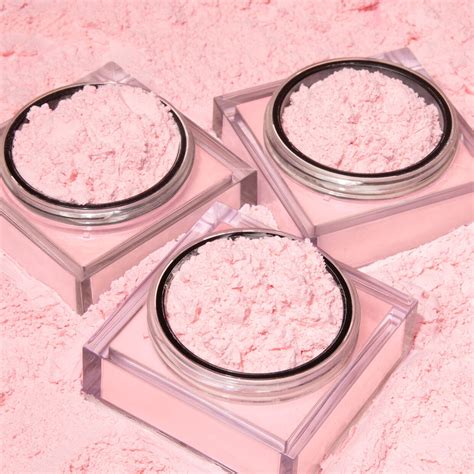
Powder is used to set your foundation and concealer, and to help control shine. There are two main types of powder: loose powder and pressed powder. Loose powder is more lightweight and provides a more natural finish, while pressed powder is more compact and provides more coverage.
4. Blush
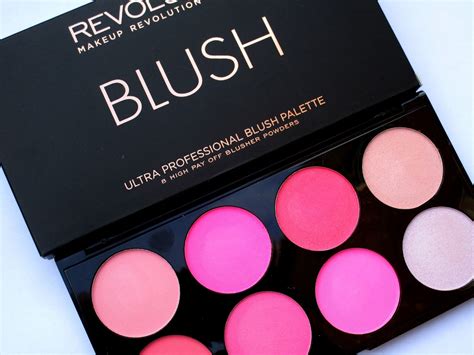
Blush is used to add a touch of color to your cheeks. It can help to create a more youthful and healthy look. There are many different shades of blush available, so you can find one that suits your skin tone and personal style.
5. Highlighter
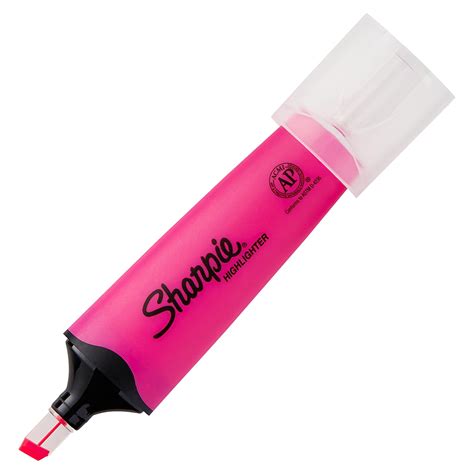
Highlighter is used to add a touch of shimmer to your face. It can help to create a more lifted and defined look. Highlighter can be applied to the cheekbones, brow bone, and Cupid’s bow.
